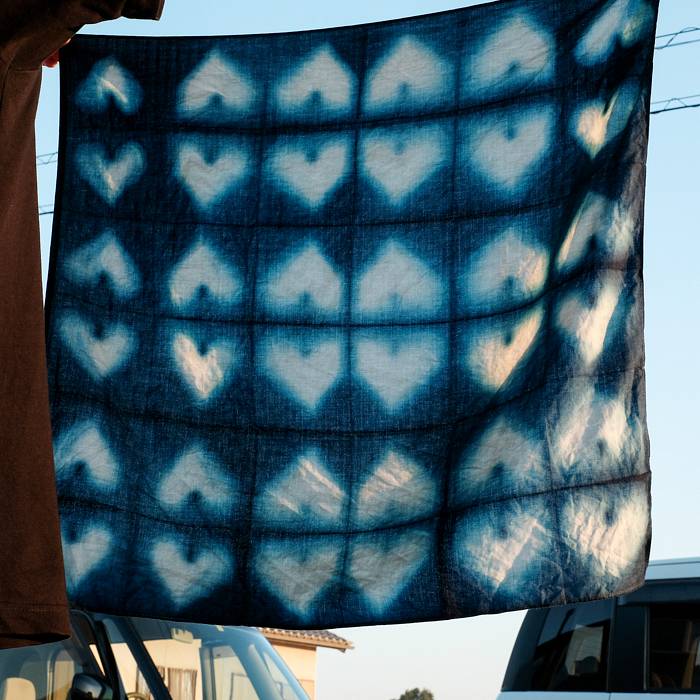
Course
Traditional Japanese Indigo Dyeing: Aizome Introduction
Course Overview
In the Edo period, indigo—affectionately known as “Japan Blue”—was part of everyday life in Japan. Indigo-dyed cloths passed down through generations are not just textiles, but living cultural heritage. The traditional Japanese dye Sukumo, made through fermentation, and the art of building a live dye vat have been preserved through the work of nature, microbes, and the many hands of farmers, dyers, and artisans. In this introductory workshop, students will be guided by guest instructor Kenta Watanabe, an indigo farmer and dyer invited by North House and the World Shibori Network Foundation, as we explore the roots of Japanese indigo culture.
Watanabe, based in Tokushima, oversees the full process of indigo dyeing—from preparing the soil and cultivating indigo plants, to producing Sukumo and building traditional fermentation vats. In this course, he will demonstrate a small fermentation vat made with Sukumo, and share the deep knowledge and stories behind the dyeing process.
Participants will have the opportunity to try hands-on dyeing during the workshop and take home a piece of their own dyed cloth. Those interested may also purchase Watanabe’s original “Sukumo Indigo Vat Kit” (mini or small size), designed for home use. These kits have also been tested for practical use in the U.S. with support from the World Shibori Network Foundation. In just a few hours, we’ll discover the rich traditions and living color of Japanese indigo passed down through generations—and the invisible wisdom and life within each shade of blue.
Required Tools
- All tools will be provided
